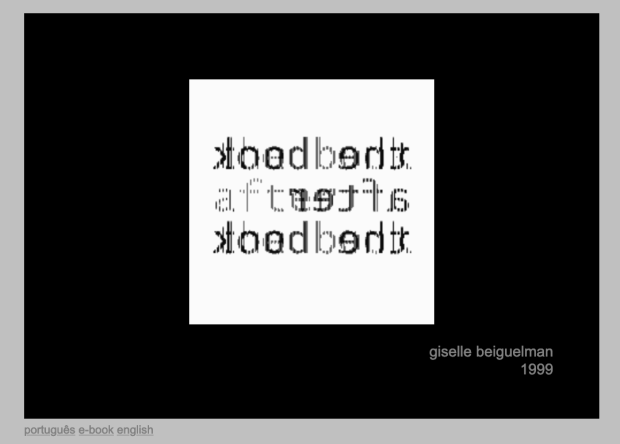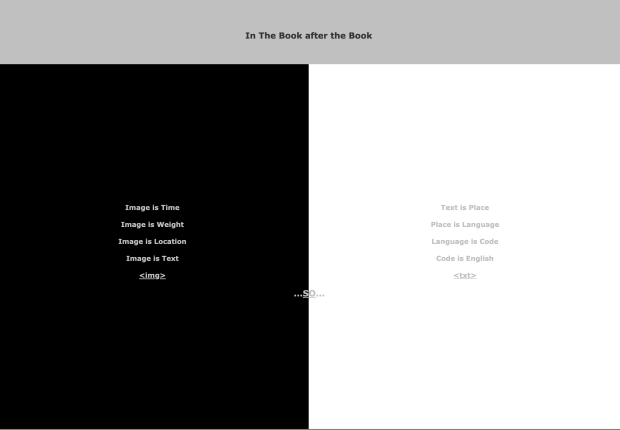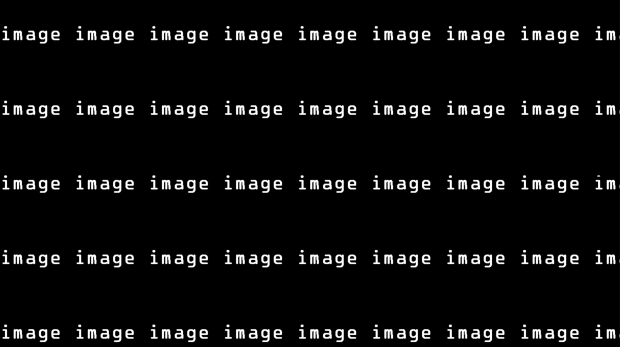The Book After the Book
One is not after the novelty of cyberculture, nor striving to reinforce the now tedious discourse of the Internet’s redeeming potential as a computer web able to candidly unite all humanity into a global village.
This wouldn’t be more than a chapter in the spectacular history being successfully elaborated in the last ten years by the computer and software industry.
This narrative confers to the selfsame industry the power and the mission to inaugurate a new era. But digital writing points to another direction. It celebrates the loss of inscription by removing the trace from acts of erasure.
~
The Book after the Book is a hypertextual and visual essay about cyberliterature and the net_reading/writing_condition. Its main focus is non-linear narratives, which reconfigure the literature/book relationship starting from the very notion of volume. Works that provide programming language a textual appraisal, creations that resort to videographic procedures in literary construction and play on the passivity and participation of the reader.
Short animations intercept the reading of other artists works playing with the textual condition of the on line image and, at the same time, with the imagetic condition of the screen text. They are all images that perform texts and face the strange passage imposed by the net. Deep down, on the back of the page, at the source, a situation is defined: the Internet is no more than a big text. On the front, at the screen, text reveals itself as image.
That strangeness introduces aesthetic dimensions that go beyond the technical horizon of multimedia. It can be writing one more line in the History of the Book. The History of Literature after the book. A History that, from the point of view of material culture has run on very stable grounds since Renaissance. It is as surprising as undeniable. From the Classic Era to present days, the book, as an object, has changed very little.
It is as surprising as undeniable. From Renascence to present days, the book, as an object, has changed very little. May be it has the most perfect design of all cultural objects created since then. Anyway, it is the most stable format of all cultural industry.
This stability is, at least, intriguing, in view of the symbolic value attributed to the disposable product by the cultural industry. It invites the thought that Literary History is also the history of reading and of the supports where the interaction between reader and text takes place. They are more than content receptacles. These supports are reading contexts where significations are built.
A gesture repertoire, a tactile game between hand and paper (or mouse), a constellation of objects and vision instruments define the position of reading in this world.
Unstable positions, no doubt. Here Borges’ enigmatic Book of Sand. A book in which it is impossible to return to the page which has been read. The book of books. The book of reading.
But are also historically elaborated positions. We are in the imbricate territory of literary reception. And also of the relentless lost illusions market which Balzac refers to.
One does not think of a world of reading without thinking of a particular reading of the world. This presupposes not only a literary horizon, but also special writing tools (like pens, pencils, softwares) reading machines (books, computers, laser bar codes systems) and reading spaces (libraries, above all) which perform a reading context.
That is our the subject. Let's talk about the net reading/writing condition, let's say something about The Book after the Book.





